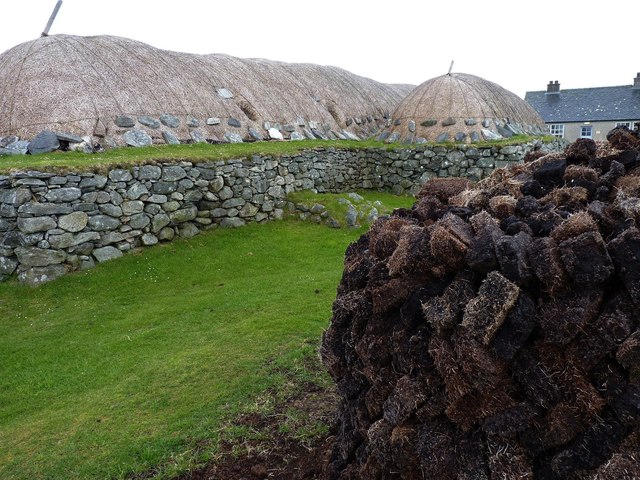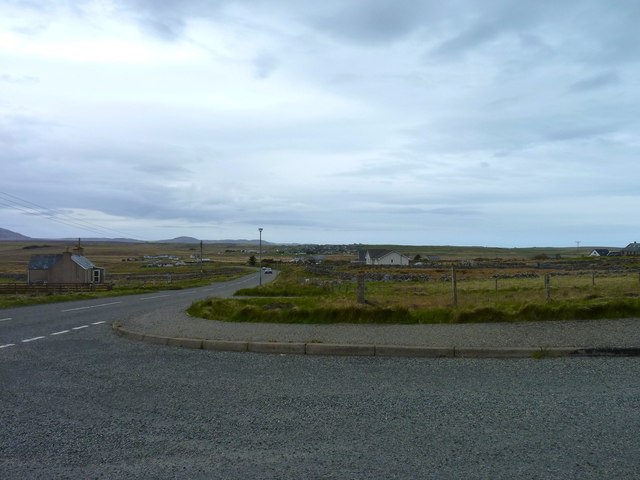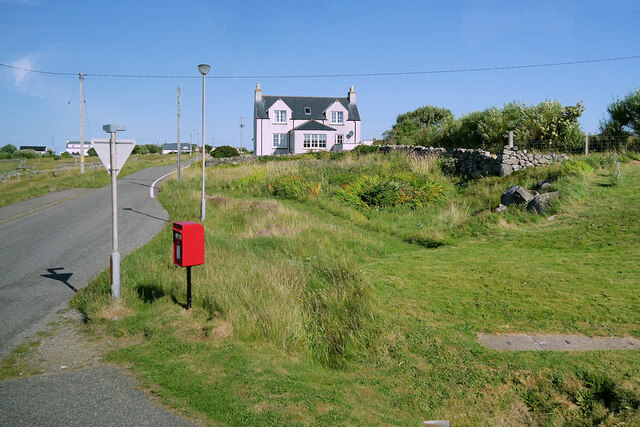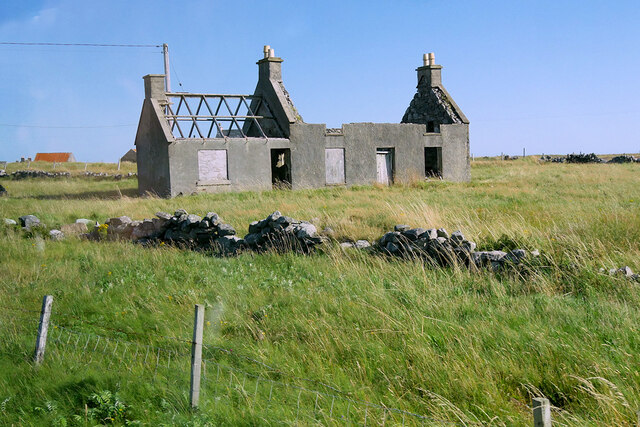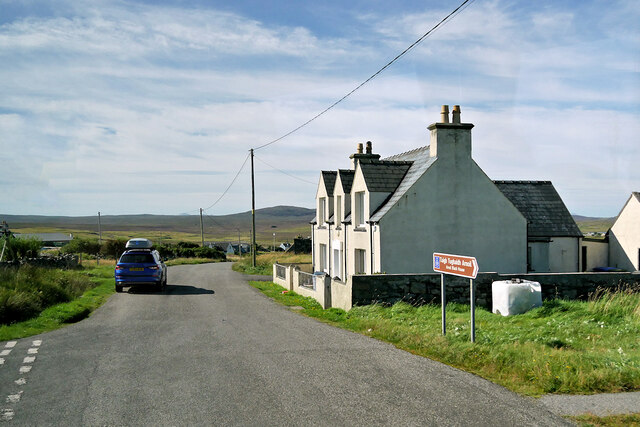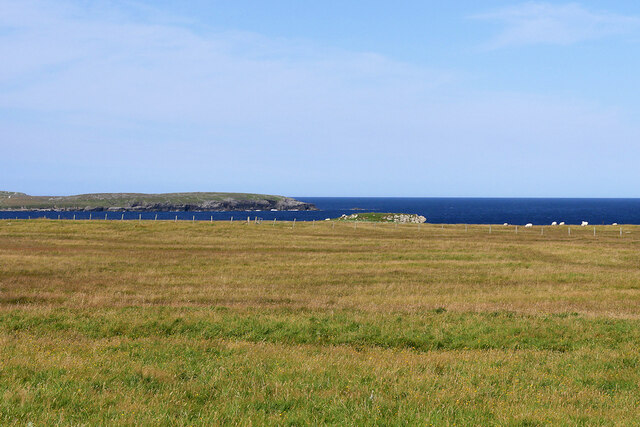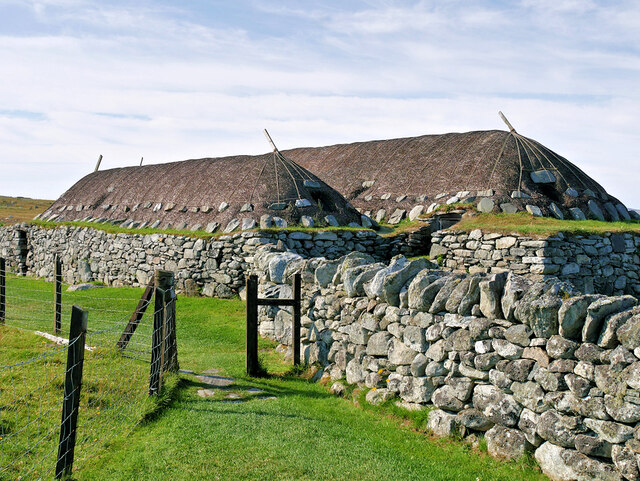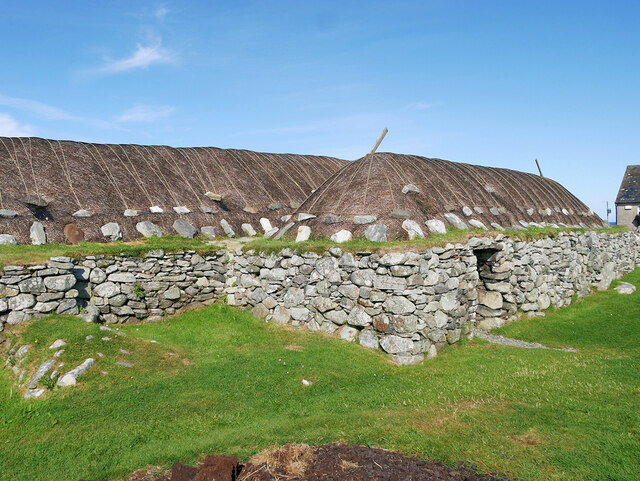Cnoc Mòr Àrnol
Hill, Mountain in Ross-shire
Scotland
Cnoc Mòr Àrnol
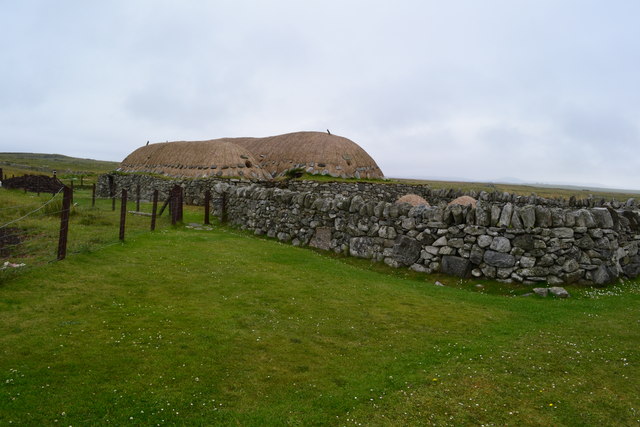
Cnoc Mòr Àrnol is a prominent hill located in Ross-shire, Scotland. Situated near the village of Àrnol, it is known for its impressive height and stunning panoramic views of the surrounding landscape. The hill stands at an elevation of approximately 286 meters (938 feet) above sea level.
Cnoc Mòr Àrnol is a popular destination for hikers and nature enthusiasts due to its accessible trails and picturesque scenery. The ascent to the summit is relatively moderate, making it suitable for both experienced and novice hikers. Along the way, visitors can enjoy the diverse flora and fauna, including heather, wildflowers, and various bird species.
From the top of Cnoc Mòr Àrnol, visitors are rewarded with breathtaking views across Ross-shire and the surrounding areas. On clear days, it is possible to see the stunning coastline, nearby lochs, and even distant mountains such as the Torridon Hills. The panoramic vista offers a sense of tranquility and awe-inspiring beauty.
Cnoc Mòr Àrnol is also steeped in history, with ancient remains and archaeological sites scattered throughout its slopes. These include burial cairns and standing stones, providing a glimpse into the area's rich cultural heritage.
Overall, Cnoc Mòr Àrnol is a must-visit destination for those seeking natural beauty, outdoor activities, and a touch of history. Whether it's a leisurely hike, a chance to spot wildlife, or simply a moment of serenity amidst stunning landscapes, this hill in Ross-shire offers it all.
If you have any feedback on the listing, please let us know in the comments section below.
Cnoc Mòr Àrnol Images
Images are sourced within 2km of 58.346892/-6.6093191 or Grid Reference NB3049. Thanks to Geograph Open Source API. All images are credited.
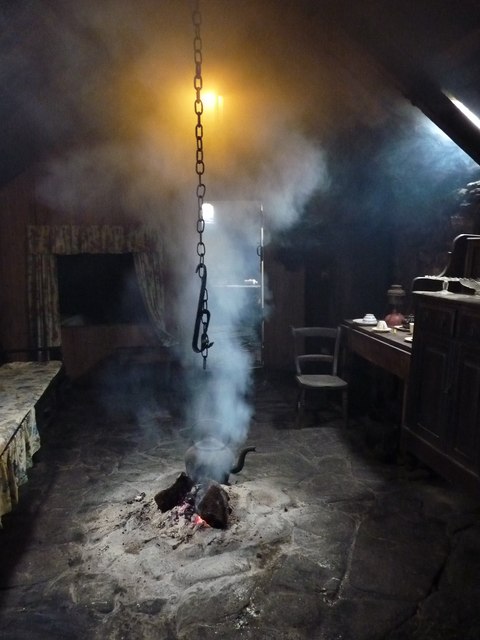
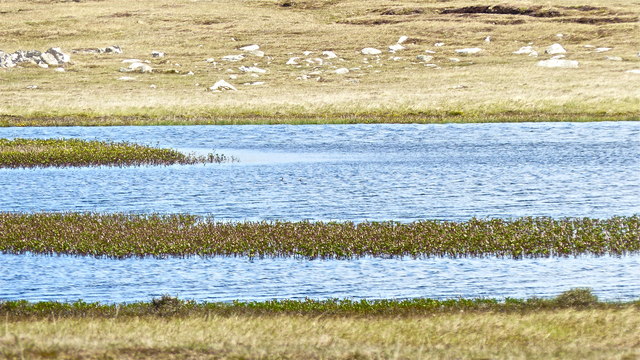
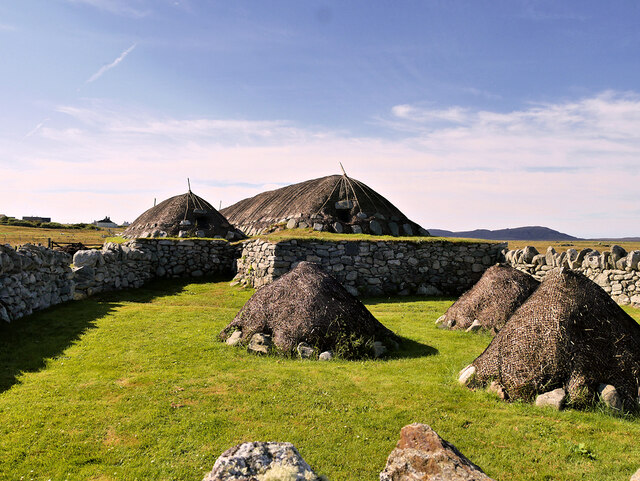
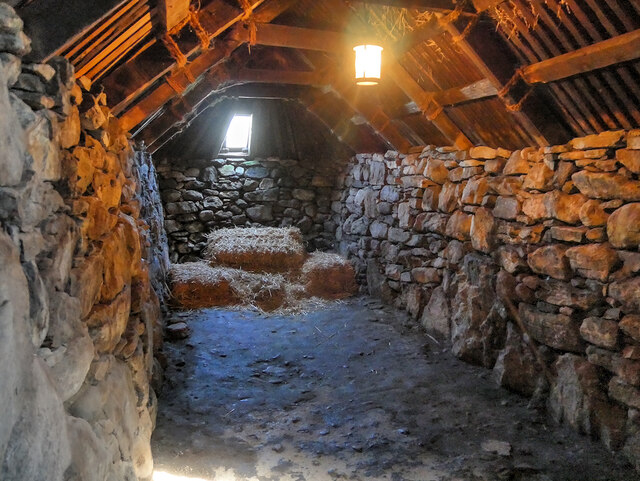
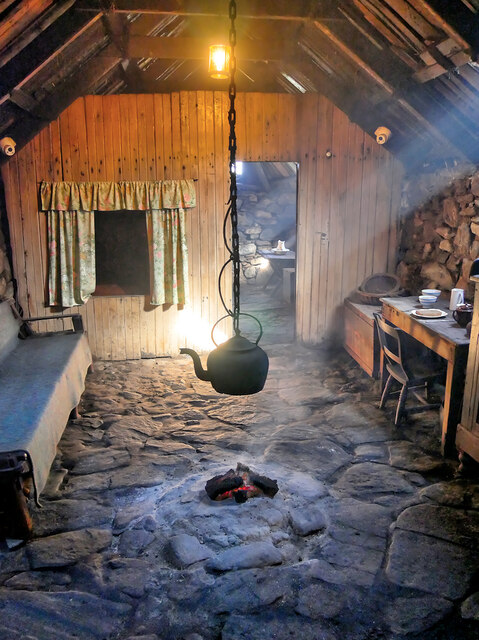
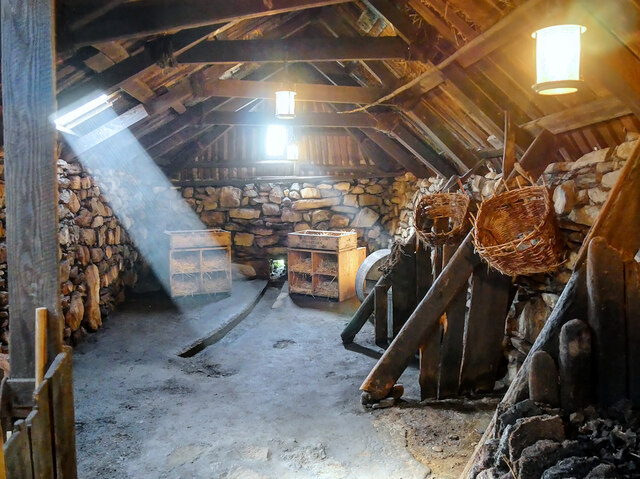
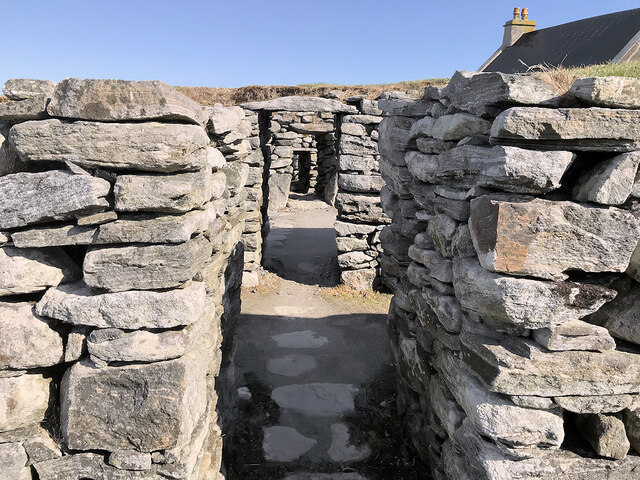
Cnoc Mòr Àrnol is located at Grid Ref: NB3049 (Lat: 58.346892, Lng: -6.6093191)
Unitary Authority: Na h-Eileanan an Iar
Police Authority: Highlands and Islands
What 3 Words
///rosier.rewrites.pulse. Near Carloway, Na h-Eileanan Siar
Nearby Locations
Related Wikis
Arnol
Arnol (Scottish Gaelic: Àrnol) is a small village typical of many settlements of the west coast of the Isle of Lewis, in the Outer Hebrides, Scotland....
Bragar
Bragar (Scottish Gaelic: Bràgar, pronounced [braːgər]) is a village on the west side of the Isle of Lewis in the Outer Hebrides, Scotland, 14 miles (23...
Brue
Brue (Scottish Gaelic: Brù) is a village on the Isle of Lewis in the West Side district, in the Outer Hebrides, Scotland. It is a crofting township and...
Mullen Bridge
Mullen Bridge is an old bridge crossing the Royal Canal in Maynooth in County Kildare, Ireland. It was built between 1790 and 1800.The bridge used to carry...
Shawbost
Shawbost (Scottish Gaelic: Siabost) is a large village in the West Side of the Isle of Lewis. The village of Shawbost has a population of around 500 and...
West Side, Lewis
The West Side (Scottish Gaelic: An Taobh Siar) is the name used for the (predominantly Gaelic-speaking) settlements along the NW coast of the Isle of Lewis...
Barvas
Barvas (Scottish Gaelic: Barabhas or Barbhas, pronounced [baravəs]) is a settlement, community and civil parish on the Isle of Lewis in Scotland. It developed...
Clach an Trushal
Clach an Trushal (Scottish Gaelic: Clach an Truiseil, Scottish Gaelic pronunciation: [kʰl̪ˠax ən̪ˠ ˈt̪ʰɾuʃal], translated to English "Stone of Compassion...
Have you been to Cnoc Mòr Àrnol?
Leave your review of Cnoc Mòr Àrnol below (or comments, questions and feedback).
